NIL
10News Sunday at 11 p.m.
All your local and national news, weather and sports delivered Straight from the Heart of Knoxville and East Tennessee. Author: wbir.com Published: 11:00 PM EDT May 4, 2025 Updated: 11:00 PM EDT May 4, 2025 7
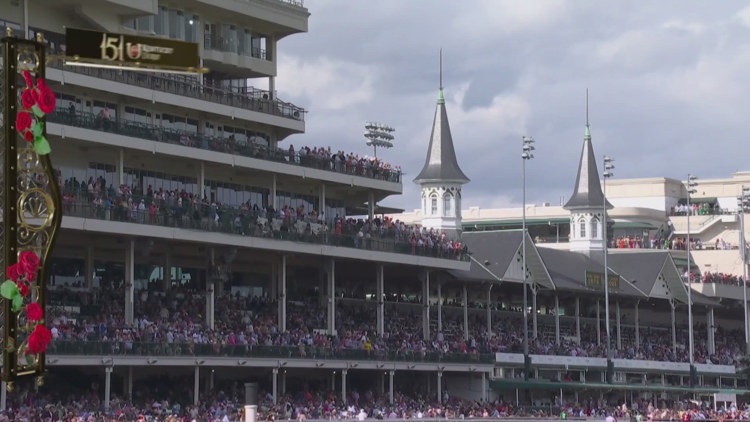
NIL
Game-changing NCAA settlement begins new era in college sports
COLUMBUS, Ohio (WSYX) — The House v. NCAA settlement is paving the way for athletes to maximize their brands on and off the field by allowing schools to pay them directly starting July 1. “It’s the largest, most significant change in college sports business that we’ve ever seen,” said Luke Fedlam, a corporate attorney and […]

COLUMBUS, Ohio (WSYX) — The House v. NCAA settlement is paving the way for athletes to maximize their brands on and off the field by allowing schools to pay them directly starting July 1.
“It’s the largest, most significant change in college sports business that we’ve ever seen,” said Luke Fedlam, a corporate attorney and sports law advisor with Amundsen Davis Law Firm.
The multi-billion-dollar settlement includes the NCAA paying nearly $2.8 billion in back pay to former athletes who played in 2016 through present day and giving schools the ability to pay current athletes a limited amount. The annual cap is expected to start at $2.5 million per school with yearly increases. The deal currently lasts for 10 years. Schools can also get directly involved with NIL deals with student athletes.
“One of the things I think is important about this ruling is that it does bring some certainty and a level of certainty to the college sports industry that has really been in a tumultuous kind of time, the wild, wild, West period. This finally brings at least some level of understanding that we’re all moving in the same direction,” said Fedlam.
The NIL expert said the “most significant” sticking point in the judge’s analysis of approving the settlement was roster management. Roster limits go into effect, trimming scholarships for football down to 105 with no walk-on spots. However, student-athletes recruited in the 2025-2026 academic year who lost an opportunity because of roster limits or current athletes facing the same challenge will be viewed as “Designated Student Athletes.”
“Throughout their period of eligibility, they will be able to always be on a roster without affecting the number or the limitation on those roster limits,” said Fedlam.
With the settlement comes the launch of the College Sports Commission, an independent third party, created to enforce NIL rules and regulations. The Commission will oversee Deloitte’s “NIL Go,” a platform used to assess fair market value regarding NIL deals over $600 and monitor whether the deals should be challenged.
The settlement is with the Power Five schools; however, Fedlam noted that other schools can opt into the revenue-sharing model.
“Everything that I’ve heard over the last really 72 hours or so has really been, people are excited that it actually is finally approved,” said Fedlam.
The settlement aims to streamline how NIL is handled. In response, Ohio State launched a unified NIL management team called the “Buckeye Sports Group.” Athletes are not considered employees of the school.
“That is something that was not dealt with in this settlement and something that is going through the court process now, but student athletes are currently not employees,” said Fedlam.
While the landmark settlement sparks a new era in college sports, Fedlam believes Congressional action will be taken in the near future.
NIL
14
A football player who just finished eighth grade already rakes in name, image and likeness money and has an agent to help him navigate the sponsorship deals at just 14 years old. Kaden Coleman Bennett has had a knack for finding the end zone on the football field since he first discovered the sport, and […]


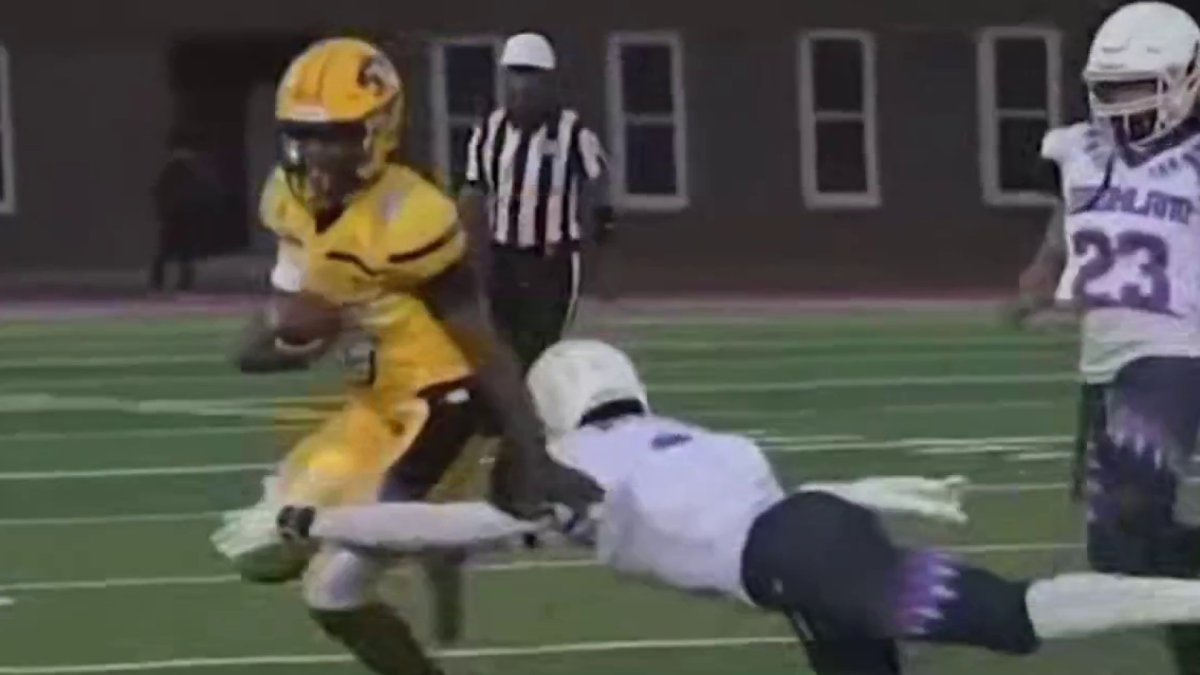
A football player who just finished eighth grade already rakes in name, image and likeness money and has an agent to help him navigate the sponsorship deals at just 14 years old.
Kaden Coleman Bennett has had a knack for finding the end zone on the football field since he first discovered the sport, and he says he’s just getting started.
“I found something that I love; I found something that I wanted to do,” he said. “And you know, since then I’ve always been playing football since I was 4.”
His athletic abilities as a running back have already earned him verbal college offers from Syracuse and Virginia Tech. He also was invited to Bill Belichick’s football camp at the University of North Carolina.
“It is kind of crazy but it’s not hard to see because of, you know, my work ethic and the work that I’ve been put in throughout the years of me with football and school,” said Kaden, who committed to DeMatha Catholic High School.
A strong village helps ensure he keeps up with his practice schedule, potential business deals and his 3.5 GPA, Kaden said. He gives his mother, Brittany Coleman, a lot of credit.
“I’m super proud of him,” she said. “He’s faced a lot of adversity, through youth sports and just different things and people coming at him and stuff like that.”
His dad and stepfather also keep him grounded.
“As a young boy, we always taught him — me and mom — always taught him how to be ready for this moment with these NIL deals,” said his father, Bernard Bennett.
“It is our responsibility to set him up and put him in the position to accomplish the goals that he wants to accomplish,” said his stepdad and trainer, Quinton Brown.
With interest from multiple sponsors and potential NIL deals already knocking on his door, Kaden says having a solid infrastructure is imperative. That’s a key reason he already signed with a sports agent, Terrence Jackson, who is helping facilitate Kaden’s first NIL deals.
“There’s a reason why I’m here, and it’s really just to be … a place of peace. Someone that knows the ins and outs,” Jackson said.
Kaden’s focus is on getting better in order to get to the next level academically, athletically and professionally.
“Eat, sleep, grind and dedication,” he said. “I just keep those four in my pocket every time.”
Kaden aspires to become a biological engineer once he finishes his football career.
NIL
How the NCAA House Settlement Will Change College Football | Nebraska Football & NIL Discussion
In this episode of Monday Night Therapy, host Minnie Hunt is joined by Pigskin PD (Peter Bartell) and law professor Adam Lamparello for an in-depth look at the NCAA House Settlement and its massive impact on the future of college football. The panel breaks down how the new system allows universities to pay up to […]
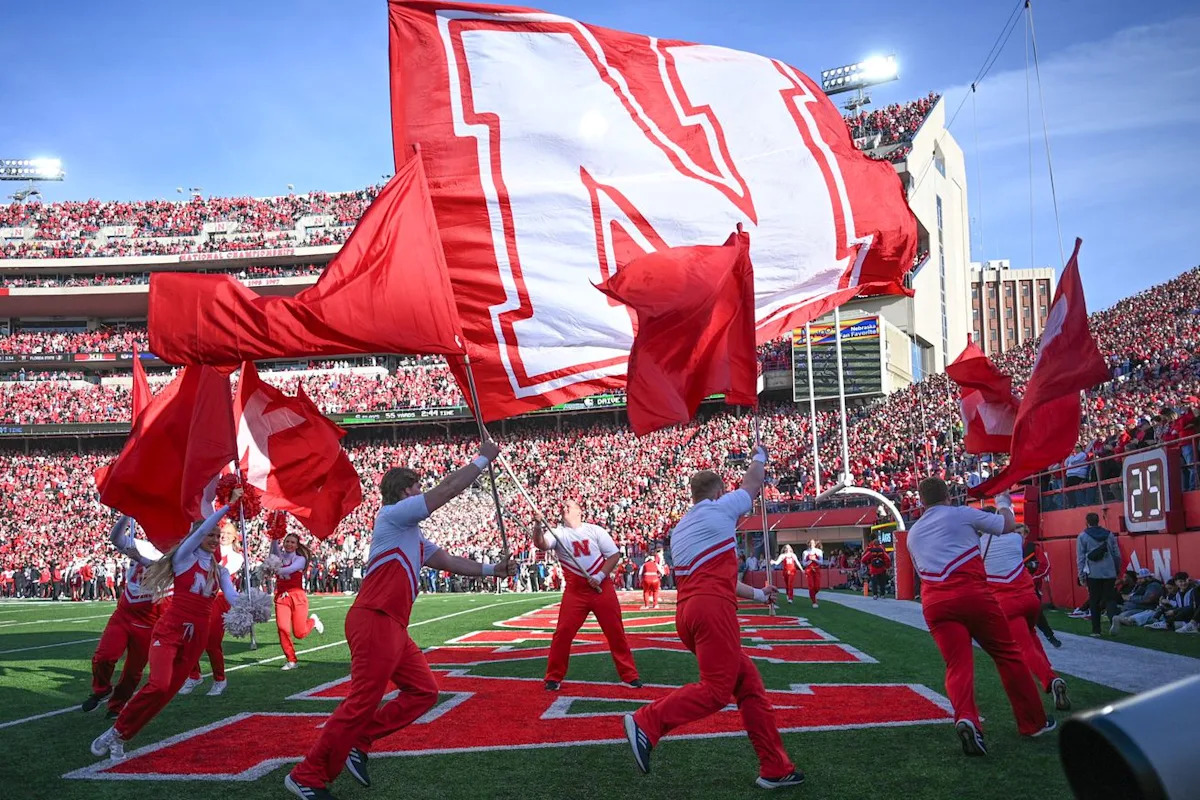
In this episode of Monday Night Therapy, host Minnie Hunt is joined by Pigskin PD (Peter Bartell) and law professor Adam Lamparello for an in-depth look at the NCAA House Settlement and its massive impact on the future of college football. The panel breaks down how the new system allows universities to pay up to $20.5 million annually to athletes, alongside NIL deals, and explores the legal, competitive, and Title IX ramifications. Adam explains why this structure may further widen the gap between powerhouse programs and smaller schools—sparking antitrust concerns and long legal battles.
Advertisement
The conversation also dives into Nebraska football’s identity, the importance of returning to its physical, trench-dominant style, and head coach Matt Rhule’s efforts to rebuild the program. The group reflects on Nebraska legends like Tommy Frazier and Lawrence Phillips while discussing NIL’s broader impact on player movement, recruiting, and competitive balance across college football.
If you’re passionate about Nebraska football history, college football NIL, or the changing landscape of the sport, this is an essential discussion. Plus, hear some fun memories about the 1869 Rutgers-Princeton game and Nebraska’s storied quarterback legacy.
#NebraskaFootball #CollegeFootballHistory #NIL #NCAASettlement #GoBigRed
More from cornnation.com:
NIL
College Athletes Are Getting Paid. Here’s What to Know.
College athletics has always been a business, but now the game has changed. Following Friday’s final approval from U.S. District Judge Claudia Wilken settling a trio of antitrust cases against the NCAA and power conferences—commonly referred to as the House settlement—college athletes are set to be paid, yes paid, directly from their universities. The notion […]

College athletics has always been a business, but now the game has changed.
Following Friday’s final approval from U.S. District Judge Claudia Wilken settling a trio of antitrust cases against the NCAA and power conferences—commonly referred to as the House settlement—college athletes are set to be paid, yes paid, directly from their universities. The notion of amateurism isn’t quite dead, but it’s pretty much been put out to pasture.
What do you need to know about this historic settlement? Here are key answers to common questions about this turning point in college athletics.
In 2020, Arizona State Sun Devils swimmer Grant House became the lead plaintiff in a lawsuit challenging the NCAA’s rules surrounding name, image and likeness. An injunction was issued that would allow for the sharing of broadcast revenue that was received by the various conferences. This antitrust case eventually wound its way through the court before a settlement was announced between the associated parties in ’24, which the judge approved of in June.
In addition to millions of dollars in damages related to backpay of NIL rights for athletes as far back as 2016, the $2.8 billion settlement also calls for revenue sharing directly with athletes for the first time. While the agreement covers the next 10 years, it remains clear to all involved that there is no putting this genie back in the bottle and this will be the norm moving forward.
Schools are permitted to share up to $20.5 million with athletes each year. How that money is divided up lies with the schools, but most are expected to follow a similar formula as the back-damages payout with 75% directed toward football, 15% to men’s basketball players, 5% going to women’s basketball players and 5% to the remaining players.
“We’ve talked a little bit about individual sports but we haven’t set exact percentages,” ACC commissioner Jim Phillips said. “I know for all five of us [power conferences], no one is forgetting about their Olympic sports and continuing to make sure that we invest at a high level for all our sports.”
Even within those tiers, the money is expected to vary widely, with the star quarterback naturally expected to make many more times than what the school hands out to the sixth man on the basketball team.
“It is a campus decision,” reiterated Big 12 commissioner Brett Yormark.
Perhaps the most tangible of aspects to the settlement is the arrival of roster limits. While in the past schools were capped in terms of the number of scholarships they handed out for a particular sport—the limit in FBS football being set at 85 for the past several decades—will soon be replaced by a hard ceiling in terms of the number of players they have on a team. This can result in some sports seeing both more players involved and the option of receiving full scholarships instead of partial ones. However, there may wind up being a reduction in certain spots. Only a handful of power-conference schools have announced plans to fully expand their rosters to include the maximum amount of scholarships handed out. Most major universities are planning to expand their athletic offers in some form or another starting as early as this fall.
Business in the NIL world is set to change significantly as a result of the settlement, with the current Wild West being replaced by a structured workflow for deals, players and the schools—which can now also help players get additional NIL deals. The most notable new change is that for any deal signed by athletes with a value of over $600, the details must be sent to a new, third-party clearinghouse dubbed NIL Go. The entity is being run by consulting firm Deloitte and will attempt to regulate the market somewhat by determining whether deals are within a range of the nominal fair market value.
For example, a Heisman Trophy–winning quarterback at a team in Los Angeles is going to get a higher-end deal than a backup left guard in a Midwestern college town. If anything ranges beyond such limits, such as some of the current deals with school collectives that are paying out millions to some players, those will get flagged by the system. Players can then either alter their payouts or structure of the deal, or take things to arbitration in order to get cleared. If it isn’t cleared, they could be suspended from playing.
Surprisingly, a lot. At the annual gathering of athletics directors and administrators in Orlando just a few days after the settlement was approved, a constant refrain in the wake of the ruling was that the broader set of athletic departments impacted by the settlement had been planning for its go-ahead for years. While true, there’s a difference between game-planning and executing a new multimillion enterprise for the first time in a 25-day span from start to finish.
Among key questions still to be fleshed out and publicized, there’s the matter of the College Sports Commission (CSC), a newly formed LLC set up by the power conferences to essentially administer the settlement’s finer points. At a high level, that means ensuring schools are in compliance with the overall cap to spend on athlete payments and will also include an oversight function when it comes to third-party deals sent through the NIL Go system. It includes building up a new enforcement arm, set to be overseen by the newly hired CEO, Bryan Seeley, a former MLB executive who will be tasked with handing out punishments that are supposed to range from fines to suspensions. While there are varying degrees of skepticism, the settlement provides an avenue for a school to see its revenue-sharing number decreased, its head coaches suspended and its players suffer an eligibility hit should any stray beyond the guardrails that are currently set.
Yep. The NCAA has wiped away hundreds of antiquated rules as of July 1 and all but turned over enforcement in college sports to the CSC with a handful of exceptions (eligibility, academics, rare instances like a sign-stealing scandal, etc.). When it comes to the bulk of issues that college sports has had in the past when it comes to paying athletes, the policing of such matters has been fully turned over to this outside entity with final decision making resting with Seeley.
“His experience is really unique. To have league experience was a big part of this,” said Big Ten commissioner Tony Petitti, who worked with Seeley at Major League Baseball. “Part of what we do is manage a lot of constituents and, in Bryan’s role, you’re dealing with 30 clubs and very competitive areas that he’s involved in in making decisions. That’s very similar to what he’ll have to do in this role. Decisions that get made by this enforcement entity, ultimately, will have competitive outcomes.”
“I am very confident in Bryan, Deloitte, LBiSoftware and the new model that’s in place so that we have a bright future in collegiate athletics,” Yormark added. “I’ll also say that our schools want rules. And we’re providing rules. And we will be governed by those rules. And if we break those rules, you know, the ramifications will be punitive.”
In short, nothing. There will still be noon kickoffs in the East every Saturday this fall and plenty of toes meeting leather late into the night each weekend. The biggest difference is likely to come in the bank accounts of those players who you see taking the field in football or the court in men’s and women’s basketball, most of whom will now be getting a paycheck with a university logo on it for the first time.
More lawsuits for one, with the settlement itself likely leading to a slew of incoming cases surrounding thorny issues such as Title IX and limits on compensation.
More pressing might be a push to get the settlement and some of the bigger changes in college athletics codified into law as part of an ongoing congressional push. Numerous leaders in college athletics have already made several trips to Washington, D.C., to discuss such issues with various elected officials, but tangible progress in such areas remains fleeting so far.
“They do have the ability to get things done, even in difficult political times,” SEC commissioner Greg Sankey said. “I think this is a nonpartisan issue, candidly. I don’t think this is about drawing lines between Democrats and Republicans, or the House and Senate. I think this is an opportunity for our governmental leaders, our political leaders, to come together around solutions.”
We’ll see if that winds up coming to fruition, but the bottom line is that college athletics has entered a new era and the ripple effects from the House settlement will reshape the future of the endeavor for many years to come.
More College Sports on Sports Illustrated
NIL
NCAA settlement fallout: McNeese has NIL plan as it enters new economic era
NCAA settlement fallout: McNeese has NIL plan as it enters new economic era Published 11:10 am Tuesday, June 10, 2025 The term student-athlete died on Friday. For years, the NCAA has attempted to distinguish its players from professionals, emphasizing that they are students first. That mirage now seems lost forever. U.S. District Judge Claudia Wilken […]

NCAA settlement fallout: McNeese has NIL plan as it enters new economic era
Published 11:10 am Tuesday, June 10, 2025
The term student-athlete died on Friday.
For years, the NCAA has attempted to distinguish its players from professionals, emphasizing that they are students first. That mirage now seems lost forever.
U.S. District Judge Claudia Wilken gave final approval to the landmark settlement in the House vs. NCAA antitrust lawsuit, which had been ongoing for five years, ending nearly a year of negotiations and revisions. The $2.8 billion, 10-year settlement will pay past players for missed name, image and likeness opportunities and allow colleges to pay current players directly starting July 1.
As schools of all levels throughout the country scramble to figure out what’s next, McNeese State officials say they are ready for the future.
“It’s a new and exciting time for college athletics,” McNeese Director of Athletics Heath Schroyer said. “My staff and I have been working for over a year to prepare. We’ve considered how these changes will impact McNeese athletics and also how we can best position ourselves.”
Schroyer said McNeese will buy into the program, while other Football Championship Subdivision and Southland Conference schools will consider opting out. Houston Christian is likely one of those.
“We’ve decided to opt in and bring our collective/NIL in-house and participate in revenue sharing,” he said. “We’ll keep the same scholarship numbers this first year for each sport. During this first year, we will evaluate both our financial situation and the national landscape.”
With the NIL becoming entirely in-house, the Ranch Collective, which previously ran the program, will transition into a new role, said Keifer Ackley, assistant AD for NIL and Student-Athlete at McNeese.
“This will allow us to streamline the process,” Ackley said. “This will make us more transparent.”
The Ranch Collective is likely to transition into a more marketing-focused tool for the university, he said.
For now, it appears all programs will remain, but this is a fluid situation on all levels, and McNeese’s goal, Schroyer said, remains to move up to the Football Bowl Subdivision level if the opportunity arises. There is also no telling what will come next as lawsuits are expected to be filed over a variety of concerns.
“Sometimes these decisions aren’t popular with everyone, and that’s OK,” Schroyer said. “I get it. The only constant in life is change; college athletics have undergone significant changes in the last few years, and this trend is likely to continue.”
NCAA President Charlie Baker wrote an open letter after the settlement:
“Approving the agreement reached by the NCAA, the defendant conferences and student-athletes in the settlement opens a pathway to begin stabilizing college sports,” Baker wrote. “This new framework that enables schools to provide direct financial benefits to student-athletes and establishes clear and specific rules to regulate third-party NIL agreements marks a huge step forward for college sports.”
Earlier this spring, Baker spoke to McNeese athletes about the future of college sports and seemed shocked by the number of players who had transferred to the school.
As part of the settlement, McNeese, along with the other FCS schools, will be required to pay $180,000 this year and between $25,000 and $300,000, which the NCAA will deduct from the funds it provides to the school.
Helping to pay for that will be a 12-game football schedule the FCS is expected to add in future years. The final decision on the extra game will be made in the last week of June.
The settlement is a victory for power conference schools, which easily have the resources to cover the money and compete in what is now an unlimited bidding war.
“The approval of the House settlement agreement represents a significant milestone for the meaningful support of our student-athletes and a pivotal step toward establishing long-term sustainability for college sports, two of the Southeastern Conference’s top priorities,” SEC Commissioner Greg Sankey said. “As the journey to modernize collegiate sports continues, we remain focused on identifying and implementing innovative opportunities for our student-athletes across all sports while maintaining the core values that make collegiate athletics uniquely meaningful.”
While it’s not clear how it will all play out, McNeese says it expects to pivot with whatever comes next.
NIL
Texas A&M transfer WR has reportedly earned $2.5 million in NIL earnings
Texas A&M’s most significant offseason addition is a matter of debate. Still, in my humble opinion, it is former NC State wide receiver KC Concepcion, who is by far the most dynamic receiver on the 2025 roster and provides starting quarterback Marcel Reed a true No. 1 option, which has been lacking since Ainais Smith […]

Texas A&M’s most significant offseason addition is a matter of debate. Still, in my humble opinion, it is former NC State wide receiver KC Concepcion, who is by far the most dynamic receiver on the 2025 roster and provides starting quarterback Marcel Reed a true No. 1 option, which has been lacking since Ainais Smith departed for the NFL.
Concepcion is one of the best receivers after the catch, averaging 11-plus yards per reception during his 2023 sophomore season. While his production dropped off slightly in 2024, the North Carolina native is poised for his best season yet in OC Collin Klein’s offensive scheme. Off the field, Concepcion is cashing in like many of his college football counterparts in the new NIL era.
Advertisement
According to On3’s Pete Nakos, Concepcion has secured $2.5 million in NIL earnings ahead of his first season with Texas A&M, working with Sports Representatives The Familie. This is unsurprising given his importance to the program and his talent level.
The House v. NCAA settlement was officially approved last Friday night, as every Power Four program will work with around $20.5 million of the school revenue with their respective college athletes, providing players like Concepcion the financial incentive while making things much clearer with each school directly paying each player.
During his last two seasons at North Carolina State, Concepcion recorded 1,299 yards and 16 touchdowns, including 356 rushing yards and two scores.
Contact/Follow us @AggiesWire on X (formerly Twitter) and like our page on Facebook to follow ongoing coverage of Texas A&M news, notes and opinions. Follow Cameron on X: @CameronOhnysty.
This article originally appeared on Aggies Wire: Texas A&M WR KC Concepcion has earned $2.5 million in NIL earnings
-

 NIL2 weeks ago
NIL2 weeks ago2025 NCAA Softball Tournament Bracket: Women’s College World Series bracket, schedule set
-

 Motorsports3 weeks ago
Motorsports3 weeks agoWhy IHOP Rode With Dale Earnhardt Jr. In Amazon NASCAR Debut
-

 Health5 days ago
Health5 days agoOregon track star wages legal battle against trans athlete policy after medal ceremony protest
-

 College Sports1 week ago
College Sports1 week agoIU basketball recruiting
-

 Professional Sports6 days ago
Professional Sports6 days ago'I asked Anderson privately'… UFC legend retells secret sparring session between Jon Jones …
-

 Professional Sports6 days ago
Professional Sports6 days agoUFC 316 star storms out of Media Day when asked about bitter feud with Rampage Jackson
-

 Rec Sports2 weeks ago
Rec Sports2 weeks agoJ.W. Craft: Investing in Community Through Sports
-

 Youtube3 weeks ago
Youtube3 weeks agoAnt greets A-Rod & Barry Bonds before Game 3
-

 Rec Sports2 weeks ago
Rec Sports2 weeks agoScott Barker named to lead CCS basketball • SSentinel.com
-

 Motorsports2 weeks ago
Motorsports2 weeks agoNASCAR Penalty Report: Charlotte Motor Speedway (May 2025)

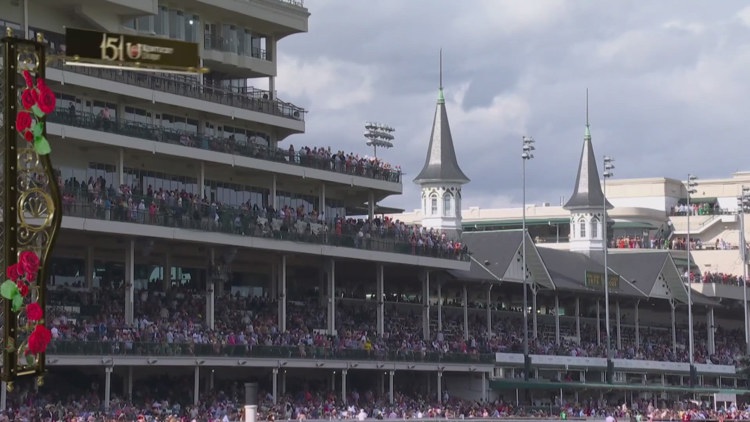
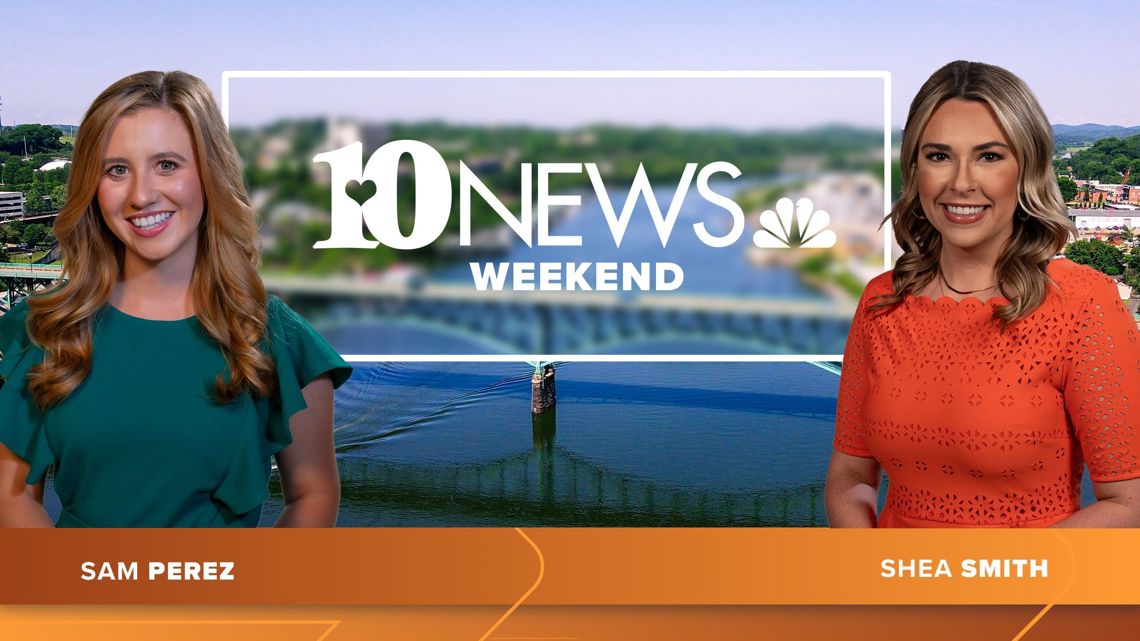

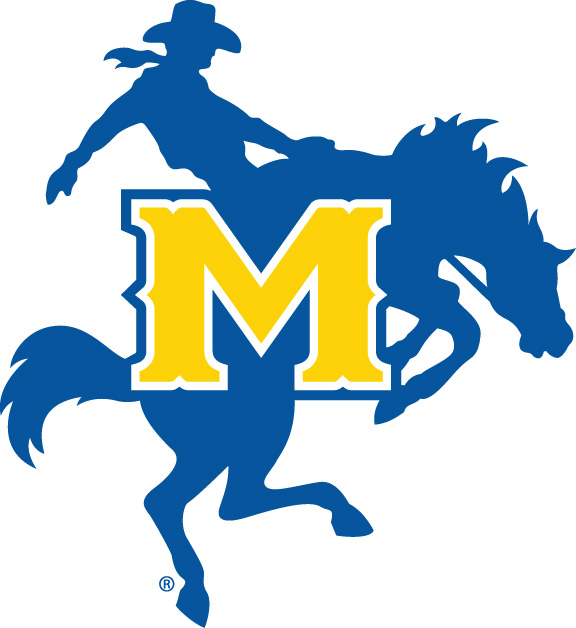

























 Stephen A. responds to LeBron’s NBA coverage criticism | First Take
Stephen A. responds to LeBron’s NBA coverage criticism | First Take




 (via @nbcsportsauthentic/TT)
(via @nbcsportsauthentic/TT)




